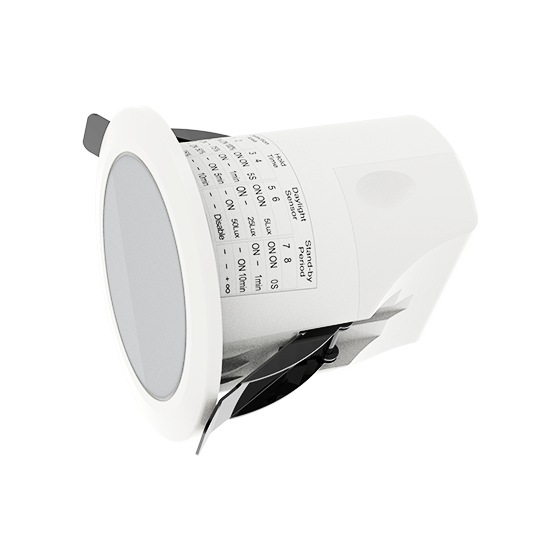Lighting control systems have come a long way over time due to technology advancements with new concepts like using Microwave Sensors gaining increasing popularity recently. With designs tailored for specific uses including office spaces or outdoor areas where movement needs tracking regularly; understanding what lies behind this technology is vital. In this article, we talk about the science behind microwave
Microwave sensors operate by emitting electromagnetic waves instead of through passive infrared (PIR) sensors that detect body heat and then analyze reflection patterns to detect motion. This level of sophistication makes them a reliable solution for lighting control systems and an exciting new tool for those in the field.
How do they work?
In simple terms, microwave sensors work by transmitting continuous waves at predetermined frequency points- typically between 5.8 GHz and 10.5 GHz- which bounce off surfaces before returning back to their source where researchers study them for alterations in their frequency or phase components.
Whenever something moves within this detection zone, it prompts changes in these components- something which can be quickly picked up by your microwave sensor system - essential characteristics making them particularly useful for through-glass sensing applications while outperforming PIR models.
Types of Microwave Sensors
The two main microwave sensor types are Doppler and FMCW which serve specific purposes.
Doppler microwave sensors operate by sensing motion by detecting any change in reflected frequency as objects get closer or further away from the sensor range. For instance, this technology is commonly used in access control systems or automatic doors to prevent unauthorized entry into restricted areas or ensure safe door operation.
On the other hand Frequency Modulated Continuous Wave (FMCW) seeks to determine not only movement but also distance covered through a continuous wave signal modulated with a frequency sweep technology that ensures accurate measurements regardless of environmental obstacles or interference.
Advantages
There's no question that microwave sensors have it all over PIRs when it comes down to detecting motion.
● Firstly they're impervious to changes in temperature making them an excellent choice for any weather condition you can imagine (no matter how extreme!). Conversely prioritizing thermal differences leaves Pirs at great risk from the influence of humidity or other external factors surrounding temperature-related influences.
● This leads us to our second advantage - with a detection range roughly three times that of PIRs (upwards of fifteen meters as opposed to five or twelve).
● Finally, Microwaves' increased penetration capabilities through objects like walls put these types ahead of the curve when it comes to picking up movement signals from multiple rooms and corridors.
The Bottom Line
In summary, when it comes to selecting the right lighting control system solution for your needs microwave sensors are an excellent choice. By utilizing electromagnetic waves for motion detection purposes these devices have many advantages over traditional sensor technologies such as their ability to infiltrate non-metallic materials while still having extended ranges of coverage which remain unaffected by fluctuations in temperature. Given the ongoing development of technology, we anticipate even greater potential applications yet to be discovered with these amazing machines.



